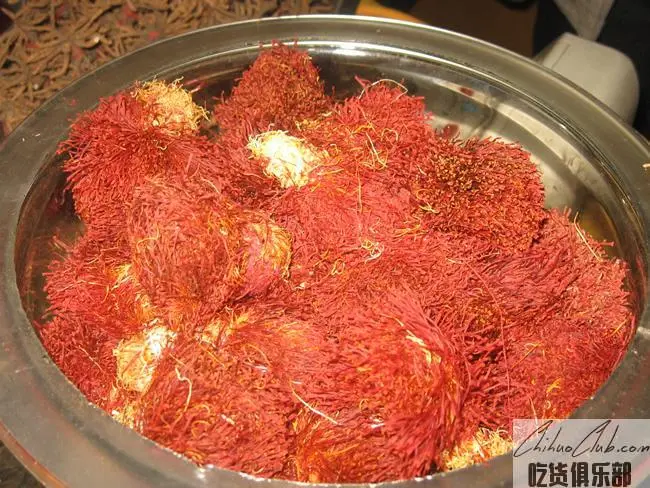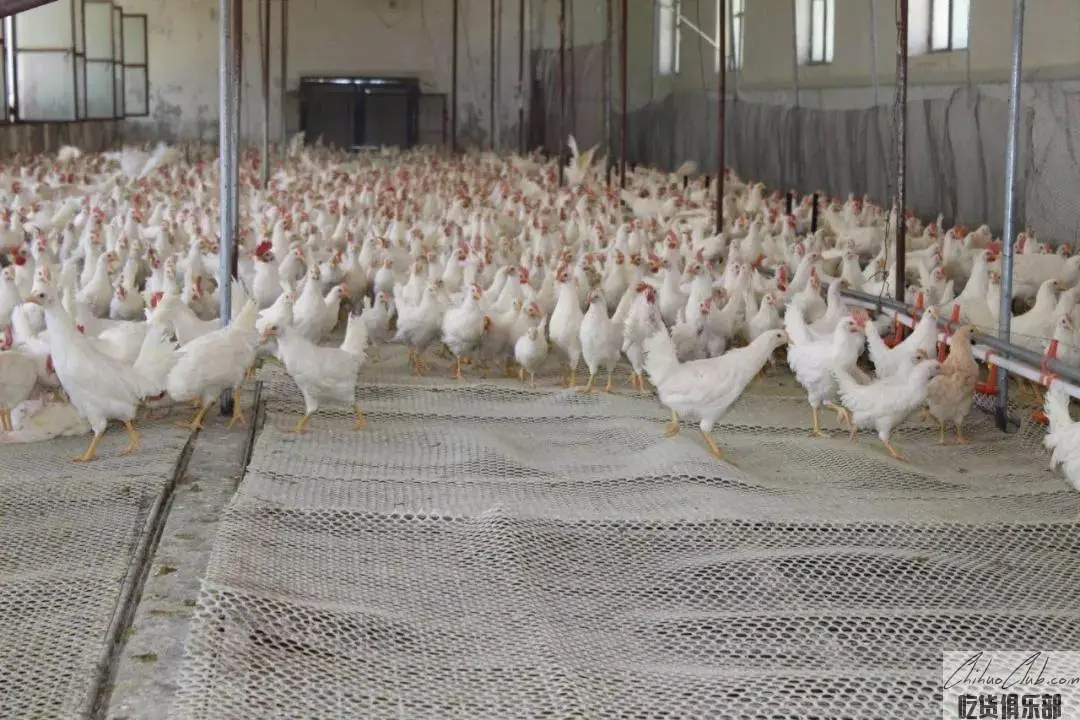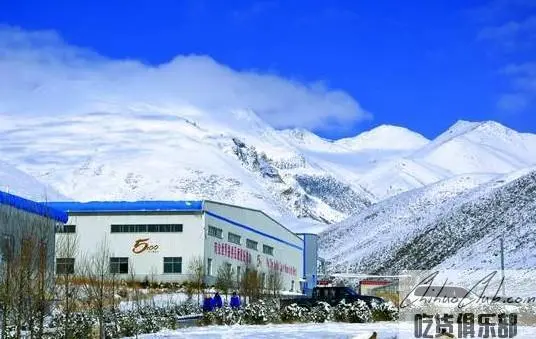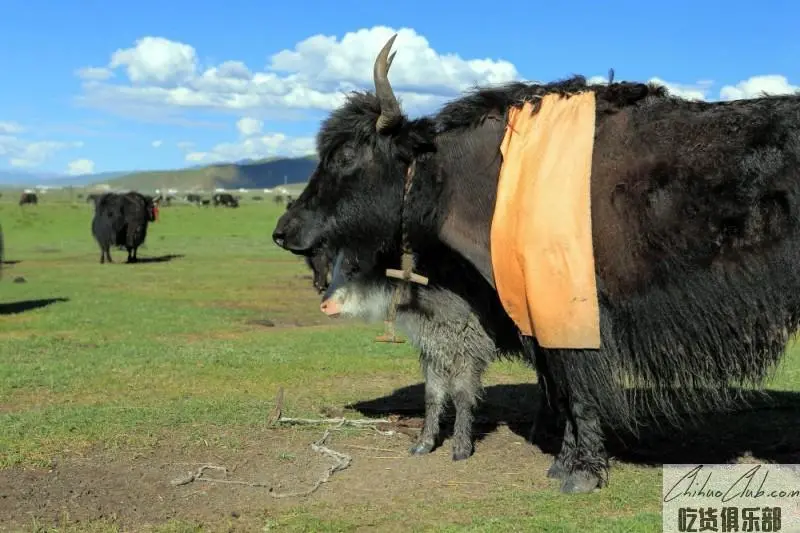dangxiongxian specialty

The price of saffron is very expensive and has the reputation of “red gold”. Its unique scent has a very comfortable feeling, and its brewed water is golden yellow, bright and noble, once known as the color of the emperor. The saffron was originally produced in the Western Regions, hence the name saffron. Later, it was introduced to India from the Mediterranean coast. It was also a saffron, and it was introduced into China from India through Tibet. It is also called saffron. In fact, Tibet did not produce saffron in early years. The success of introducing saffron in Shannan, Lhasa and Changdu areas has been a success in recent years.


The Quma Nong mineral water is collected from the Quma Nongquan in Dangxiong County. The location of the spring eye is 5,100 meters above sea level. It is a rare and rare glacial mineral water source in the world. The Quma Nong mineral water from the 5,100-meter Tibetan glaciers is a product of the regional active fault zone of the Tibetan Plateau. It is a companion product of hydrothermal activity under the dual control of magmatic intrusion and geothermal activity. After many years of deep circulation, along the fault The rise naturally rises. Therefore, it is transparent, colorless, tasteless, and non-precipitating. The taste is extremely soft and round, and the aftertaste is clear. The water quality is superior to that of ordinary mineral water, and the content of lithium, strontium and metasilicate is rich and balanced, which is superior to national standards. It is a unique and rare mineral water. Domestically, the partial type of mineral water is mostly, but the lithium-containing element is less. The lithium element contained in the 5100 Tibet glacial mineral water is superior to the national standard.

When male yaks grow in an unpolluted alpine zone at an altitude of 4,200 meters, the growth conditions are in full compliance with the requirements of green food. The yak meat is extremely rich in nutrients, containing 24.69% protein and 1.33% minerals. Its red blood cells and hemoglobin are 50-100% higher than yellow cattle. Its nutritional value is higher than that of yellow cattle, and only blood red protein is 50% higher than ordinary yellow cattle.